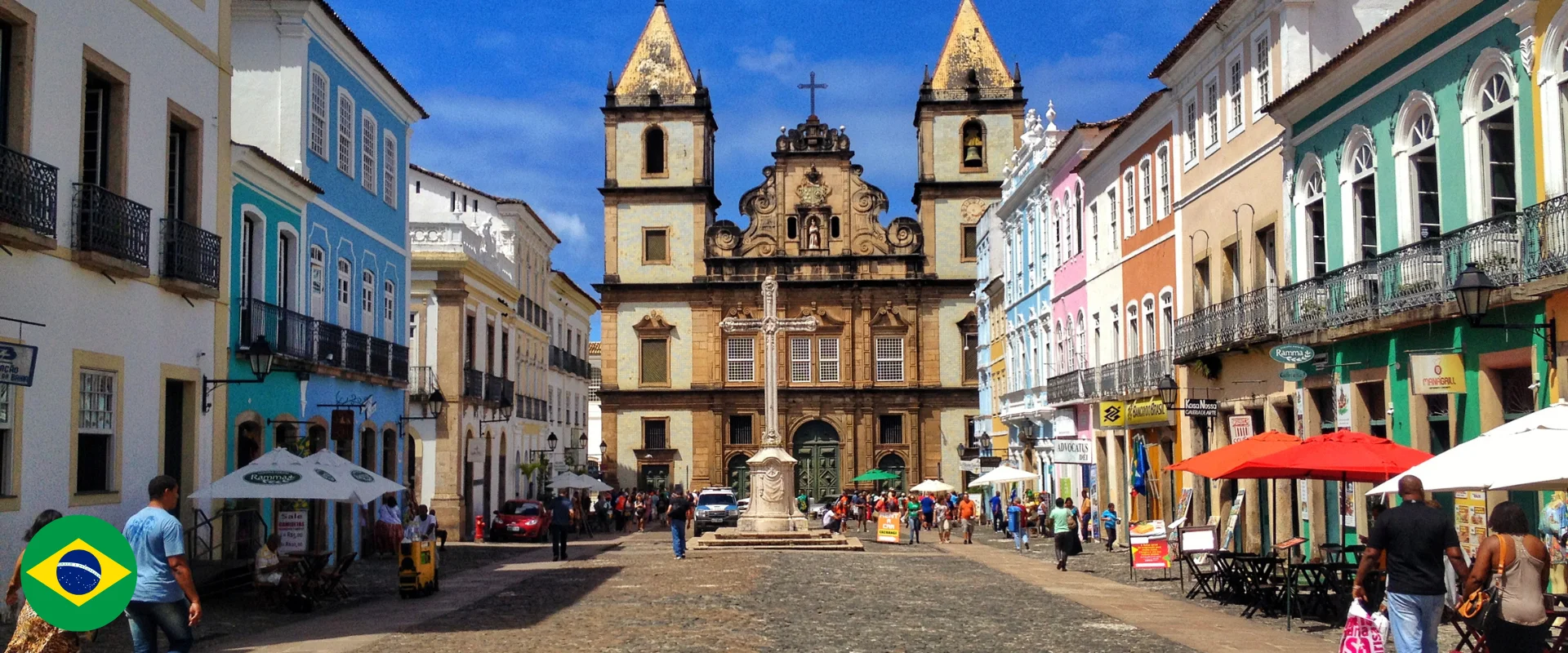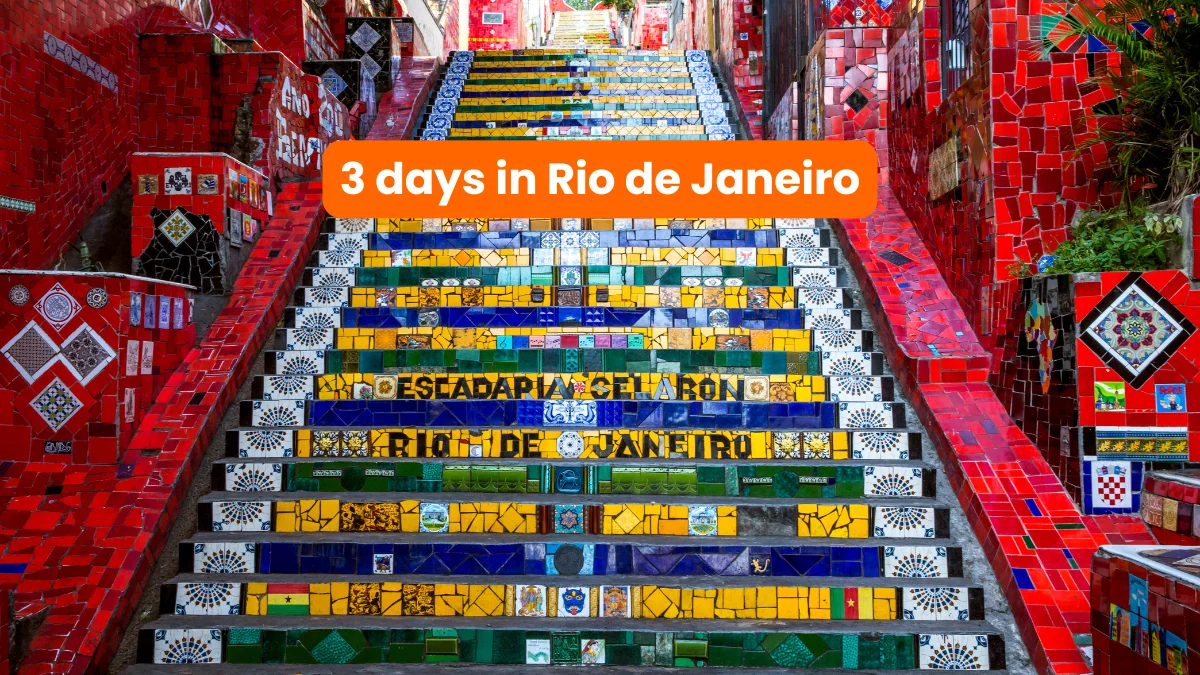Brazil’s blend of spirituality and folklore is best seen through its vibrant festivals and cultural celebrations. These events, filled with rhythm and joy, punctuate life, revealing Brazil’s exuberant spirit and deep-rooted traditions.
Carnival in Rio, Salvador, and Recife
Carnival is Brazil’s crown jewel, celebrated nationwide but most famously in Rio de Janeiro, Salvador, and Recife, each locale offering unique flavors and traditions.
- Rio de Janeiro: The Sambadrome hosts an extravaganza as samba schools compete in kaleidoscopic parades. Rio’s Carnival is simultaneously a dance competition and cultural showcase that embodies Brazil’s rhythm and joy.
- Salvador: In Salvador, trios elétricos pulsate through the streets, inviting revelers to join mass dances. The city’s celebration echoes with African rhythms, making it a paradigm of Afro-Brazilian heritage and communal celebration.
- Recife: Renowned for frevo and maracatu, Recife’s Carnival embraces tradition with a modern twist. The Galo da Madrugada, a grand parade, brings the city to life, fusing past and present in a colorful spectacle.
These celebrations are vibrant showcases of Brazilian culture, where tradition, music, and dance unite to create unforgettable experiences.
Festa Junina (Rural Culture and Folklore)
Festa Junina celebrates Brazil’s rural life, bringing traditional practices and regional folklore to the forefront.
- Rural Roots: The festival honors the harvest and saints by engaging in traditions passed through generations. Folk dances like quadrilha and customs like barraquinhas (food stands) complement the festivities.
- Culinary Delight: Street food stalls offer festival-goers a taste of traditional country fare, with offerings like canjica and pé-de-moleque illuminating Brazil’s rustic culinary heart.
Celebrated mostly in June, Festa Junina showcases Brazil’s agricultural roots, connecting its urban populace with a shared rural-origin heritage, bonding communities in festive reverence.
New Year on Copacabana Beach (Réveillon)
Réveillon is more than a celebration of time’s passage; it’s a transformative experience that beckons millions to Rio’s gleaming sands annually.
- Firework Extravaganza: As midnight approaches on Copacabana Beach, the spectacular 12-minute pyrotechnic display captivates throngs of revelers, framing new beginnings in explosive color.
- Cultural Traditions: Attendees dressed in white symbolize peace, reflecting spiritual renewal as beachside rituals honor Iemanjá with floral offerings cast into the surf, embarking on the new year with gratitude and hope.
- Festive Atmosphere: Besides open-air concerts and symbolic acts, attendees partake in beachside venues, mingling within Rio’s effervescent ambiance as joy dances on ocean breezes.
With spirits buoyed by hope and camaraderie, Réveillon exemplifies unity, sharing energy through tradition and the universal promise of new possibilities.
Cultural Parades, Music, and Dance (Samba, Forró, Bossa Nova)
Few expressions capture Brazil’s soul more powerfully than its music and dance, alive in countless cultural parades and performances nationwide.
- Samba Rhythms: Synonymous with Brazilian culture, samba weaves through local festivities and grand parades, elevating collective spirit with its rhythms and infectious beats.
- Forró Arrangements: In the northeast, forró footwork and vibrant tunes invigorate gatherings and highlight regional traditions, narrating cultural stories through movement.
- Bossa Nova Elegance: Offering a softer soundscape, bossa nova’s blend of samba rhythms and jazz harmonies provides poignant musical contrast, enriching the auditory landscape.
Together, these musical veins pulse with Brazil’s essence, inviting dance that traverses urban and rural locales alike, radiating cultural identity outward into the world.



